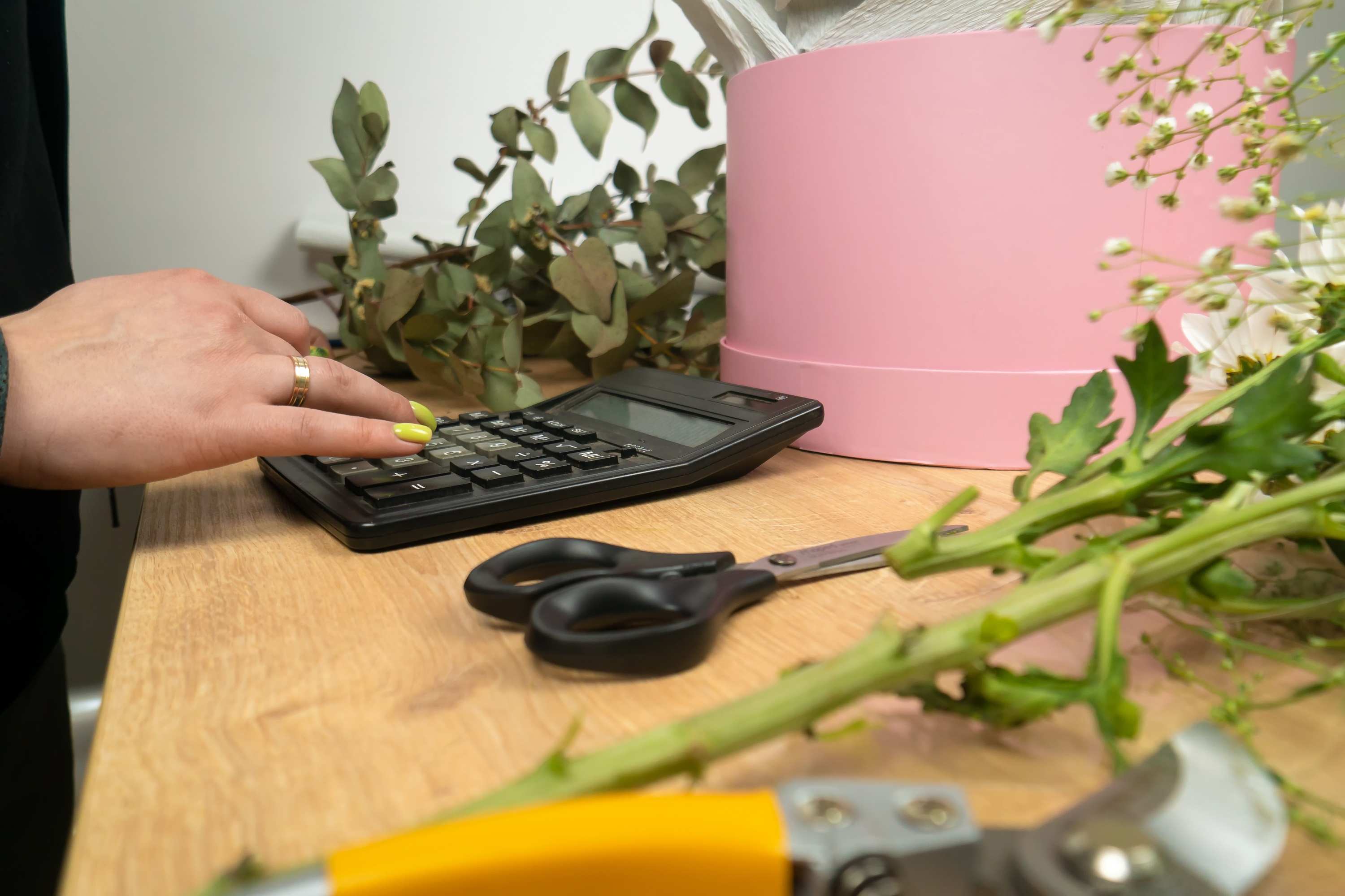During the pandemic, the produce and floral supply chain was thrown for a loop. In the early days of the pandemic, shutdowns in different parts of the supply chain challenged our decades-long practices that depended on each part of the supply chain being able to do perform their duty when needed. Issues we knew we had, but delayed addressing, such as the truck driver shortage, were exacerbated.
Transportation challenges spiked in 2021, with 49% of the fresh produce and floral industries reporting they had difficulty getting their product distributed from the farms, and 42% struggling to get their product distributed from ports. Nearly the entire global produce and floral industries were negatively affected by supply chain and transportation challenges over the duration of the pandemic.
Costs increased substantially and the trendline was steep. In 2020, 56% of the produce & floral industries reported an increase of over $100,000 in transportation costs. In 2021, 93% of the industry reported an increase of over $100,000 in transportation costs with over 40% reporting increases over $500,000. This is substantial and the increases continued into 2022.
We rely heavily on truck transportation to move our product from ports/farms to distribution centers throughout the U.S. Trucking was hit early with price increases in 2020 with 33% of the industry seeing costs jump by 10-20%. In 2021, 91% of the industry experienced an increase with 56% experiencing an increase in truck freight greater than 20%. This is aligned with reports from the U.S. trucking industry that rates jumped 36% in 2021 compared to 2020. Trucking rates were affected by increased container shipments, increased load volume, increased fuel prices, truck driver shortages and lower truck capacity. The industry experienced increased rates through general rate increases as well as surcharges on “undesirable freight.” This was compounded by the shortage of 82,000 truck drivers in the U.S.
Marine freight saw the biggest year over year jump, with 66% of the industry experiencing a 20% or more increase in 2021 when compared to 2020. Forty-four percent of respondents experienced an increase of over 40%. The biggest concern about using marine freight was the time delays.
Things have not changed much from November 2021. The produce and floral industries are still plagued by rising cost and delays. In fact, the top 4 issues cited are elevated costs, delayed timelines, changing demand from customers and of course – a labor shortage.
When searching for solves, collaboration throughout the supply chain is mentioned most often. The industry has other ideas about how to solve the issues, but these ideas like autonomous trucks, robotics, automation and software for end-to-end traceability and visibility, will take time and investment. The industry agrees that these are long term issues that will take 18 months or more to solve.
IFPA researched supply chain issues from November 2021 to March of this year. This is a culmination of our research – both quantitative and qualitative- to paint a picture of the supply chain challenges and how our industry is trying the overcome those challenges.
